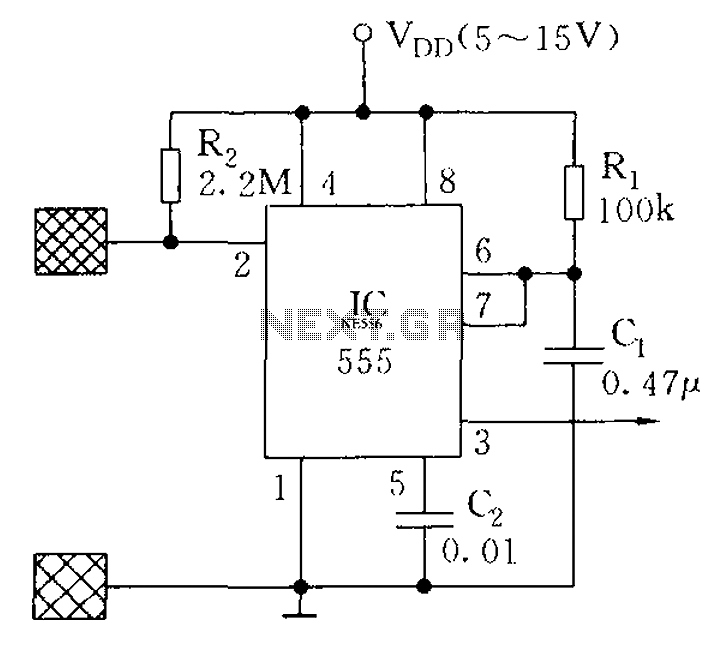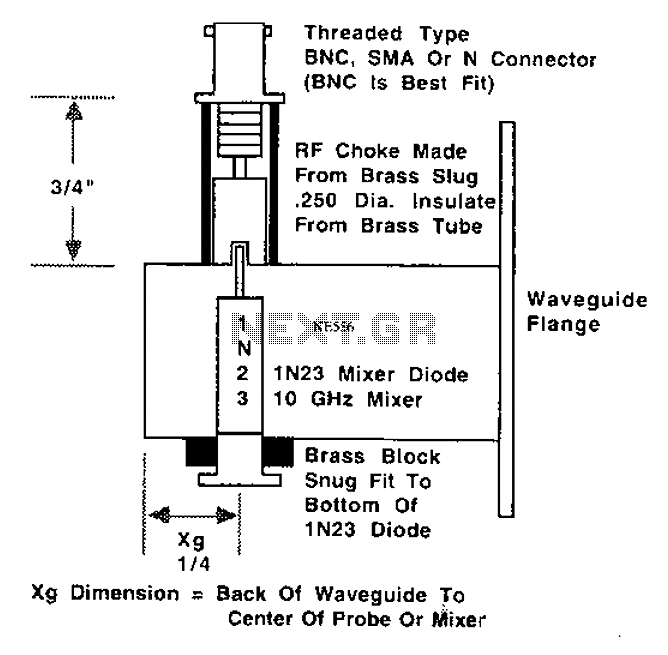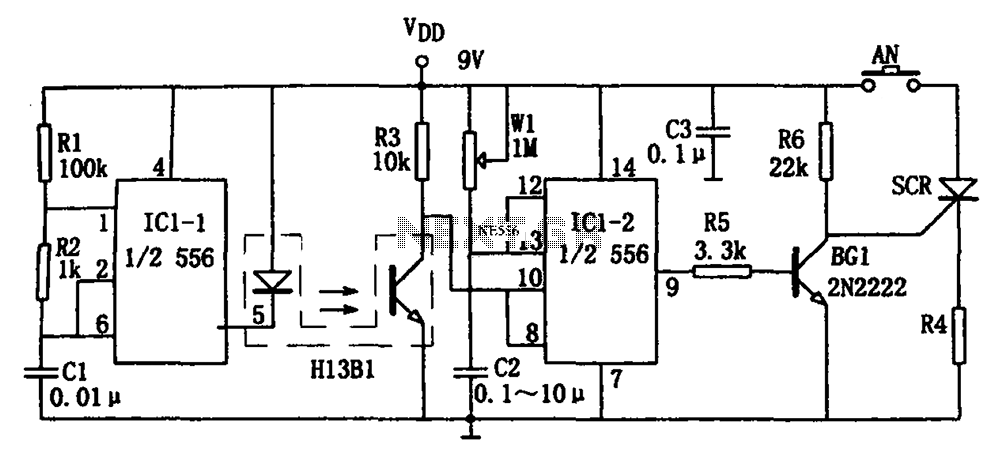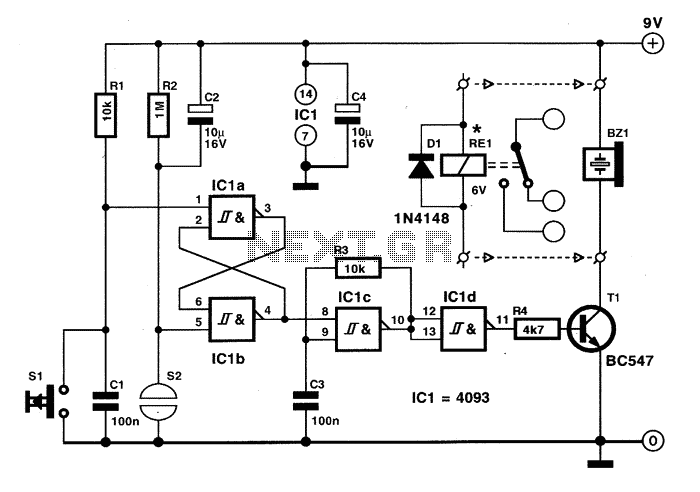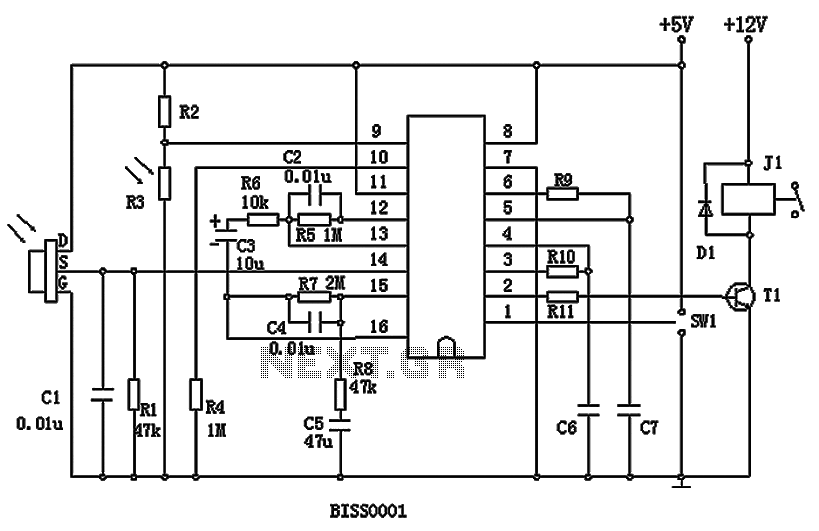
Infrared (IR) Proximity Detector
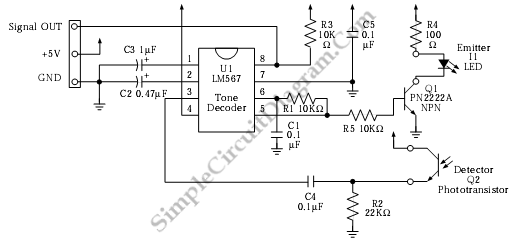
This is an infrared (IR) proximity detector circuit. A matched infrared emitter and detector pair is used in this circuit. The voltage-controlled oscillator is involved.
The infrared proximity detector circuit utilizes a matched pair of infrared emitter and detector components to sense proximity. The circuit typically consists of an infrared LED (emitter) that emits infrared light and a photodiode or phototransistor (detector) that receives this light. When an object comes within a certain range of the detector, the reflected infrared light triggers a change in the output signal.
The voltage-controlled oscillator (VCO) plays a crucial role in modulating the emitted infrared light. By varying the frequency of the emitted signal, the circuit can differentiate between ambient light interference and the reflected signal from the target object. This modulation allows for improved detection accuracy and range.
The circuit may also include additional components such as resistors, capacitors, and operational amplifiers to condition the signal and provide necessary gain. The output can be configured to drive an indicator LED or trigger a relay, thus providing a visual or mechanical response to the detected proximity.
In summary, the IR proximity detector circuit is a versatile and effective solution for applications requiring object detection, such as in automation systems, security sensors, and robotic navigation. The integration of a voltage-controlled oscillator enhances its performance by allowing for more precise detection capabilities.This is infrared (IR) proximity detector circuit. A matched infrared emitter and detector pair is used in this circuit. The voltage controlled oscillator.. 🔗 External reference
The infrared proximity detector circuit utilizes a matched pair of infrared emitter and detector components to sense proximity. The circuit typically consists of an infrared LED (emitter) that emits infrared light and a photodiode or phototransistor (detector) that receives this light. When an object comes within a certain range of the detector, the reflected infrared light triggers a change in the output signal.
The voltage-controlled oscillator (VCO) plays a crucial role in modulating the emitted infrared light. By varying the frequency of the emitted signal, the circuit can differentiate between ambient light interference and the reflected signal from the target object. This modulation allows for improved detection accuracy and range.
The circuit may also include additional components such as resistors, capacitors, and operational amplifiers to condition the signal and provide necessary gain. The output can be configured to drive an indicator LED or trigger a relay, thus providing a visual or mechanical response to the detected proximity.
In summary, the IR proximity detector circuit is a versatile and effective solution for applications requiring object detection, such as in automation systems, security sensors, and robotic navigation. The integration of a voltage-controlled oscillator enhances its performance by allowing for more precise detection capabilities.This is infrared (IR) proximity detector circuit. A matched infrared emitter and detector pair is used in this circuit. The voltage controlled oscillator.. 🔗 External reference
